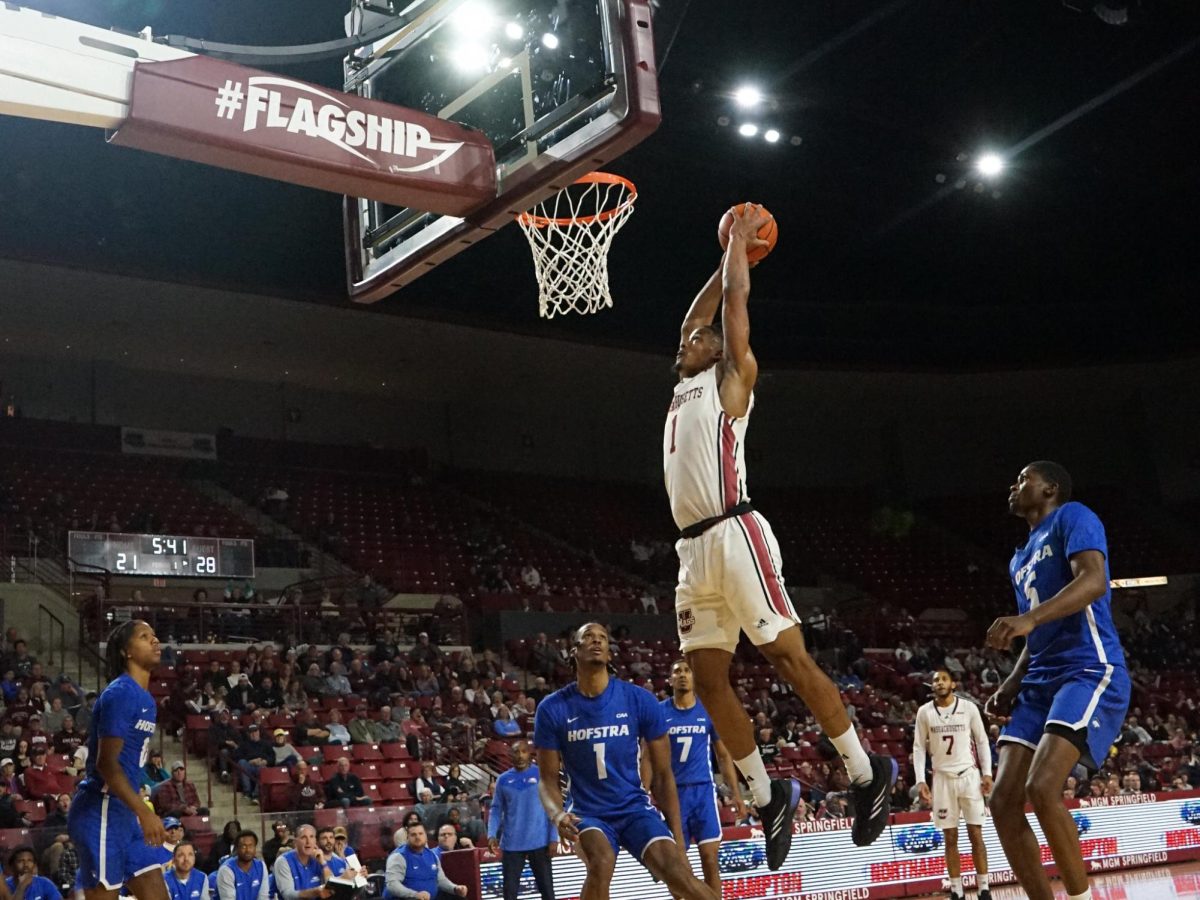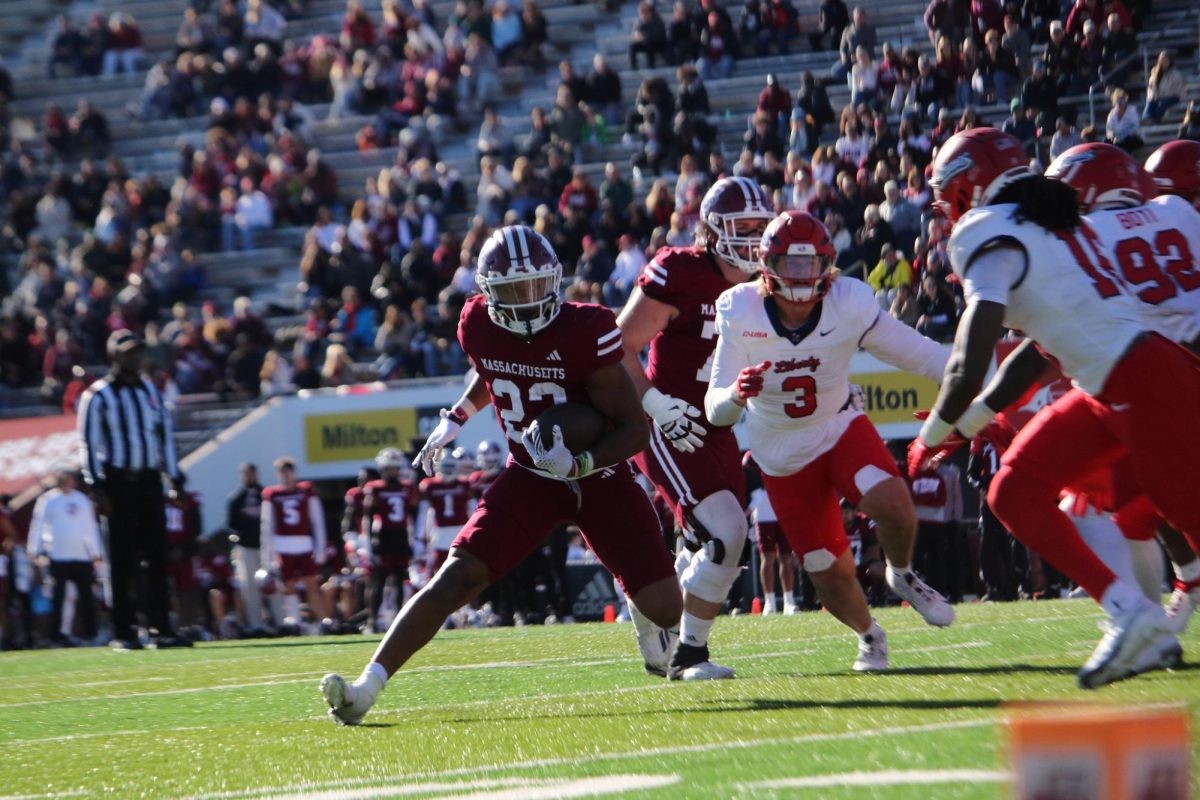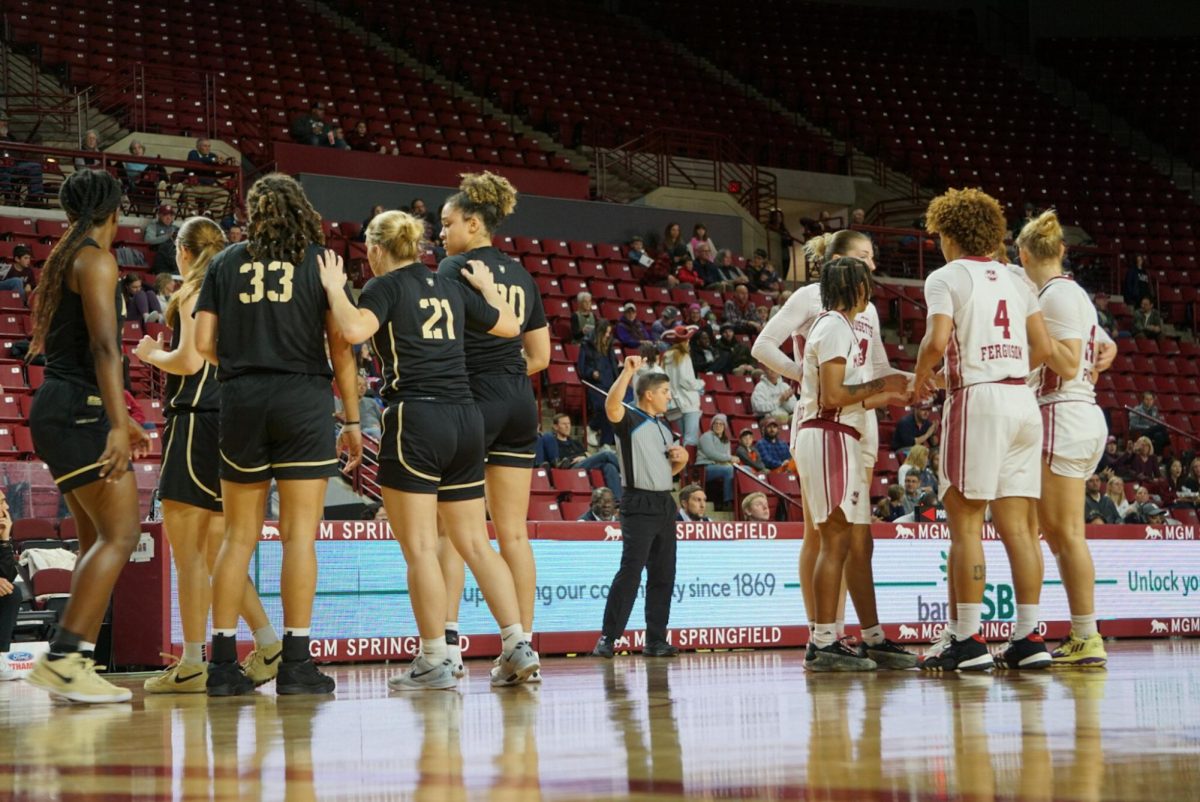
At the beginning of every year since 1967, the biggest and most recognizable names in technology and media descend upon Las Vegas for one of the most bombastic and incredible trade expos of the nascent year: the Consumer Electronics Show, or CES. Closed off from the general public, CES is nonetheless an international stage for electronics manufacturers and companies to showcase the bleeding edge of what is technically possible. After last year’s CES, however, the usual exciting exuberance was all but absent from speculation surrounding the event.
After a previous year filled with a deluge of smartphones and tablets, it seemed like CES 2014, held from Jan. 6-9, could only be a disappointing affair. Against the odds, it only took four short days for CES to blow everyone out of the water and show the world that technology is about more than the newest smartphone or the fastest processor. It’s about innovation, the ability to take the things we already know and put them together in a way that tests the wildest fringes of imagination.
Looking at CES from an “iterative improvement” standpoint, several big industry players were notably absent from this year’s proceedings. Apple and Microsoft were nowhere to be found, which is somewhat surprising for the latter, considering Redmond’s recent all-out media campaign pushing Windows 8.1, Windows Phones and Surface 2 and Surface Pro tablets. In fact, surprising attendees were the order of the week, with big brands like WWE and Audi showing off a next-generation wrestling media subscription service and self-driving cars, respectively. BMW was not to be outshone, however, presenting its own driverless car, spearheading developments like advanced ultrasonic sensors that allowed the automated vehicle to compete against professional drivers on a closed track.
That’s not to say that every name at CES 2014 was a surprise. Mainstays like Samsung and Sony were present to trumpet the values of new curved screen LCDs and ultra-pixel dense 4K TVs, joined by Netflix to demonstrate the industry’s commitment toward the “next generation” of media and content development. The gap in the smartphone theme due to the absence of some more recognizable tech giants was just large enough, however, to allow smaller developers to get a share of the limelight.
If one considers smartphones a theme in past years at CES, it cannot be denied that “wearables” were a resounding trend at this year’s event. With the runaway success of the trailblazing Pebble smartwatch, which was crowdfunded on Kickstarter, manufacturers ranging from Samsung to Nike eagerly sought to capitalize on the growing popular demand for Bluetooth-enabled jewelry and fitness tracking accessories. Pebble itself announced the full metal-bodied Pebble Steel, a sleeker and more expensive version of last year’s smartwatch. Korean cellphone manufacturer LG also revealed its own Lifeband Touch, a wrist-mounted fitness tracker with a full suite of smartphone companion apps, while one of the most shocking developments came from a completely unrelated contender: Razer. Originally known as a manufacturer of high-end PC gaming hardware, Razer was at CES to present the Razer Nabu, a “smartband” that Razer hopes will perfectly fuse the features of productivity-minded smartwatches and exercise-minded fitness bands.
With the tech community granting the descriptor “mainstream” to wearables and smartwatches – technology which would have been deemed fantastic and unrealistic only a few years ago – there still remained a body of bizarre innovations at CES 2014 that defied popular convention. There was the OneWheel, which could best be described as a cross between an electric skateboard and a Segway. It used a single solitary go-kart wheel for propulsion and relied on the user’s balance and a suite of accelerometers for steering. Then there was the Robothespian, an animatronic impressionist who captured the attention of convention-goers with his quirky brand of robotic humor. Finally there was the Crystal Cove, a successor to the Oculus Rift virtual reality headset that debuted at last year’s CES. With the Crystal Cove sitting at the edge of prototype and mass production, Oculus continues to tease the revolutionary impact of virtual reality on video games and media.
With self-driving cars, smartwatches, and virtual reality on display at CES, 2014 is quite simply going to be the year that inventions of the future become a reality. As smartphone improvements become less focused on incredible upheaval and more focused on nuanced refinement, a new realm of possibilities is opening up for popular technology to make headway into as of yet unforeseen territory. With so many amazing things in store for technology, who needs a smartphone to be optimistic?
Johnny McCabe can be reached at [email protected].



















JTKelly • Feb 1, 2014 at 6:53 am
good article (as usual) johnny!